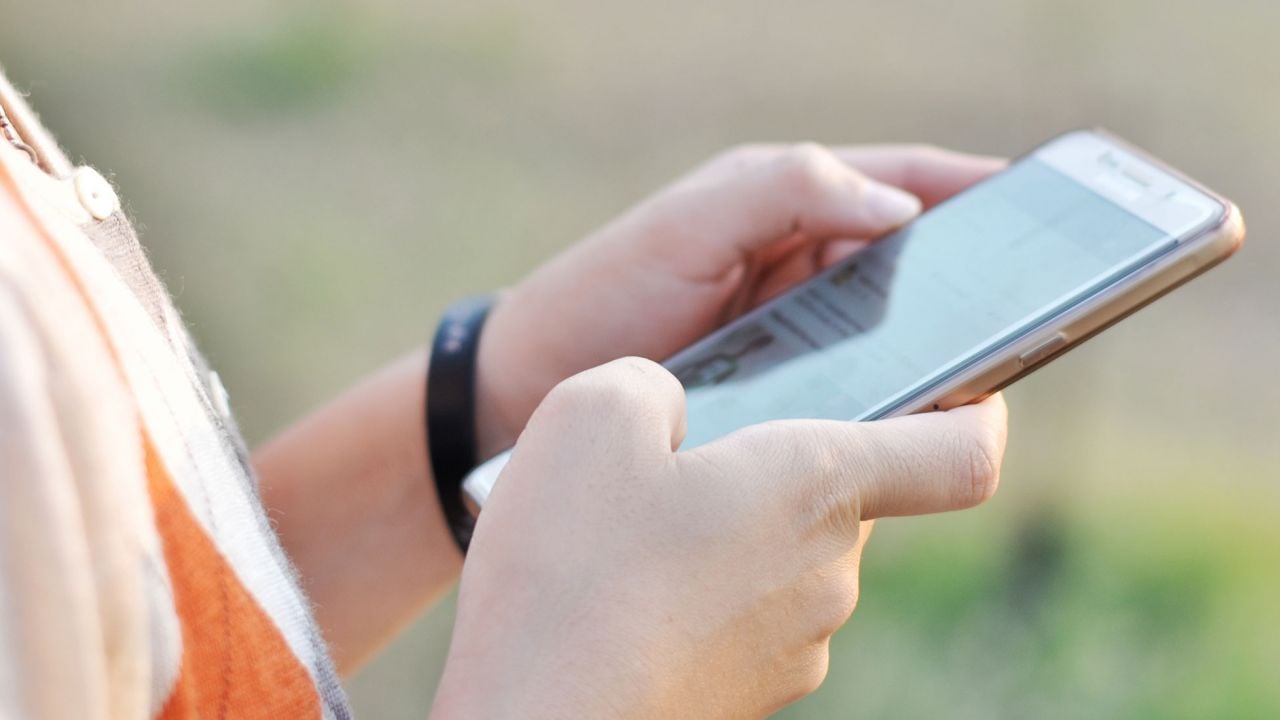
On September 20th, 2010 the Federal Communications Commission (FCC) overhauled its website (www.fcc.gov/cgb/sar/) to downplay the health risks of cell phone emissions and raise questions about the value of relative SAR ratings of different phones. The FCC’s altered webpage is full of internal inconsistencies and at odds with latest research on cell phone radiation.
- FCC’s assertion that comparing SAR values is unreliable because phones rarely operate at maximum power conflicts with findings of major study.
In a section headlined “What SAR Does Not Show,” the FCC argues that comparing SAR values of various different phones is “unreliable” because cell phones operate only “infrequently” operate at maximum power. This claim, unsubstantiated by facts, conflicts with a 2008 study by the International Agency for Research on Cancer (IARC) that found that cell phones operate at maximum power up to half the use time (www.ncbi.nlm.nih.gov/pubmed/19465409). Given these findings, it follows that maximum SAR values are indeed important markers for cell phone radiation exposure.
- FCC’s assertion that comparing SAR values is unreliable because of variations in SAR testing methods raises questions about the agency’s own testing guidelines.
The FCC gives mobile device makers a great deal of leeway in measuring the SAR values of their products. There is no universally accepted, standardized method for SAR testing that would estimate radiation absorption into the heads and bodies for a wide range of cell phone users and especially young children and teenagers. Each company is free to come up with its own variation of the testing method. For this reason, the FCC argues, comparing various phones’ SAR numbers is “unreliable.” But if that’s so, why doesn’t the FCC fix the problem by adopting standardized SAR tests? This would level the playing field and give consumers reliable numbers for comparison. What legitimate grounds could manufacturers have for objecting to standardized tests and tests that would accurately represent cell phone effects on children?
- FCC incorrectly asserts that the radiation emitted by approved cell phones will never exceed federal guidelines.
FCC’s page entitled “SAR For Cell Phones: What It Means For You” (www.fcc.gov/cgb/consumerfacts/sar.html) states that SAR testing relies on “standardized models of the human head and body” and that “FCC approval means that the device will never exceed the maximum levels of consumer RF [radiofrequency] exposure permitted by federal guidelines.” Yet, the webpage fails to mention that the industry relies on head and body models of adult males for SAR testing.
Studies conducted since 1990s, cited in EWG’s 2009 report “Cell Phone Radiation Science Review on Cancer Risks and Children's Health” (www.ewg.org/cellphoneradiation/fullreport), demonstrated that age and head/body shape differences matter when it comes to radiation absorption. The brain of a child or slight woman, with their smaller, thin skull bones, would absorb significantly more radiation than that of a large man.
Scientists from France Telecom (www.ncbi.nlm.nih.gov/pubmed/18562780) have reported that the brain of a child between the ages of 5 and 8 would absorb up to twice as much radiation as an adult man. A child using a cell phone with a SAR value of 1.5 watts per kilogram of body weight (W/kg) might actually receive as much as 3 W/kg per, roughly double the FCC’s safety limit of 1.6 W/kg.
The FCC SAR safety bar, established in 1996, does not take into account the unprecedented growth of cell phone use among children and teenagers, the considerable physical differences between children and adults, and the potentially higher risks of cell phone emissions to children and other vulnerable populations. Furthermore, the standard SAR testing for torso radiation exposures involves having the cell phone approximately 1 inch away from the body.
Furthermore, cell phone manufacturers themselves admit that their products may exceed federal exposure standards if the phones are not held at least 1 inch away from the body (which is the distance that cell phones are held away from torso models during required SAR testing). Note, for example, the following passage found in the user manual for the Blackberry Torch 9800:
“When you wear the BlackBerry device close to your body, use a RIM approved holster with an integrated belt clip or maintain a distance of 0.98 in. (25 mm) between your BlackBerry device and your body while the BlackBerry device is transmitting. Use of body-worn accessories, other than RIM approved holsters with an integrated belt clip, might cause your BlackBerry device to exceed radio frequency (RF) exposure standards if the accessories are worn on your body while the BlackBerry device is transmitting. The long term effects of exceeding RF exposure standards might present a risk of serious harm.”
It is reasonable to expect that many people who use the Blackerry Torch do not always keep the phones 0.98 inches away from their body and do not always use “RIM approved” holsters; therefore, many people are likely getting radiation exposures higher than federal guidelines when using.
- FCC’s assertion that SAR values do not provide sufficient information to compare individual cell phone models conflicts with government advice from other countries.
FCC’s website asserts that “cell phones cannot be reliably compared for their overall exposure characteristics on the basis of a single SAR value.” Scientific studies demonstrate that cell phone emissions vary considerably, depending on the user’s distance from the nearest tower. The more the phone has to strain to communicate with the tower, as would happen in a place with poor signal, the higher its emissions output. Research also shows that the way the user holds the cell phone makes a big difference. A phone SAR value is clearly just one of several factors that determine a user’s radiation exposure. Because of the many variables in cell phone radiation exposure, Switzerland, Germany and United Kingdom recommend the use of low-SAR phones.
- FCC’s assertion that a single SAR value cannot predict overall exposure characteristics raises questions about the adequacy of the agency’s current standards.
The FCC’s current radiation standards are based on acute exposure rather than long-term risks. However, most scientists that have raised concerns about the potential health risks related to cell phone usage are more concerned with long-term exposure and associated health risks. Given this situation, it would be more appropriate for the FCC to base its standards on overall exposure characteristics rather than the short-term acute exposure – the latter being what SAR measures. In the meantime, maximum SAR values are the only remotely accessible measure of exposure available to consumers and therefore should be made more easily accessible.
The bottom line: The FCC has essentially cut and pasted the wireless industry’s position into its revised websites. The agency’s new assertions raise fundamental questions about the effectiveness of the FCC’s current standard testing methods and regulations; they also are odds with current research. Rather than arguing against making maximum SAR values more accessible to the public, the FCC’s new website makes the argument for such disclosure even stronger.

